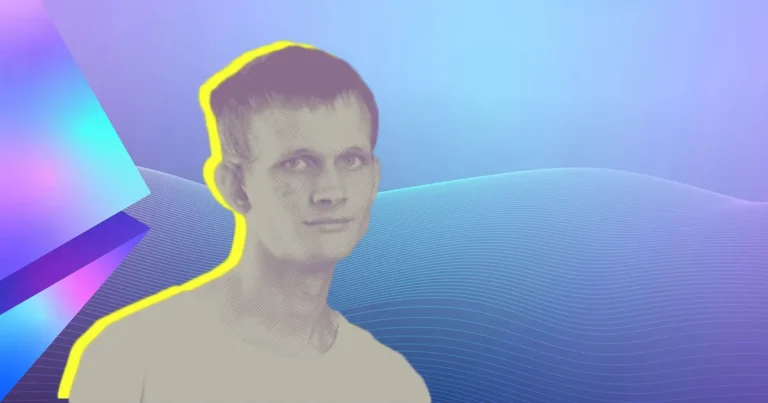22-5-2025 – Vitalik Buterin, the visionary co-founder of Ethereum, has hailed a groundbreaking stride in zero-knowledge (ZK) technology as “truly amazing.” His remarks spotlight a remarkable achievement by developer Uma Roy and her team, who have successfully demonstrated real-time Ethereum proving—a feat once deemed an improbable “moonshot” by cryptography experts as recently as last year. Roy’s announcement, which reverberated across social media, has been celebrated as a pivotal moment for the ZK domain, underscoring its potential to reshape Ethereum’s future.
Yet, Buterin tempered his enthusiasm with a measured assessment of the technology’s readiness for Ethereum’s Layer 1 network. He cautioned that the system, while impressive, is currently optimised only for average-case scenarios, leaving worst-case performance unaddressed—a critical requirement for the robust security demanded by Ethereum’s primary blockchain. Additionally, the absence of formal verification, where mathematical rigour ensures the system’s reliability, remains a significant hurdle in an ecosystem where immutability and financial stakes are non-negotiable.
Energy consumption also emerged as a point of concern. The real-time prover, consuming approximately 100 kilowatts of power, is far from practical for widespread or home-based use. Buterin envisioned a future where such systems could operate on machines requiring just 10 kilowatts, fostering greater decentralisation by enabling individuals to participate in proving from their own homes. This aligns with Ethereum’s ambitious long-term vision of scaling its Layer 1 gas limit by a factor of 10 to 100, a goal that will demand substantial enhancements in proving efficiency.
Scepticism also surfaced from some quarters, with researcher Zeng Jiajun questioning the revolutionary nature of the breakthrough, given earlier predictions that such advancements were years away. Nevertheless, Buterin’s endorsement of Roy’s work as a “major milestone” in ZK technology reflects its significance, even as he stressed the need for further refinement before it can be seamlessly woven into Ethereum’s core infrastructure. This development, while not yet ready for prime time, signals an exhilarating leap forward in the quest for a more scalable and secure blockchain ecosystem.


